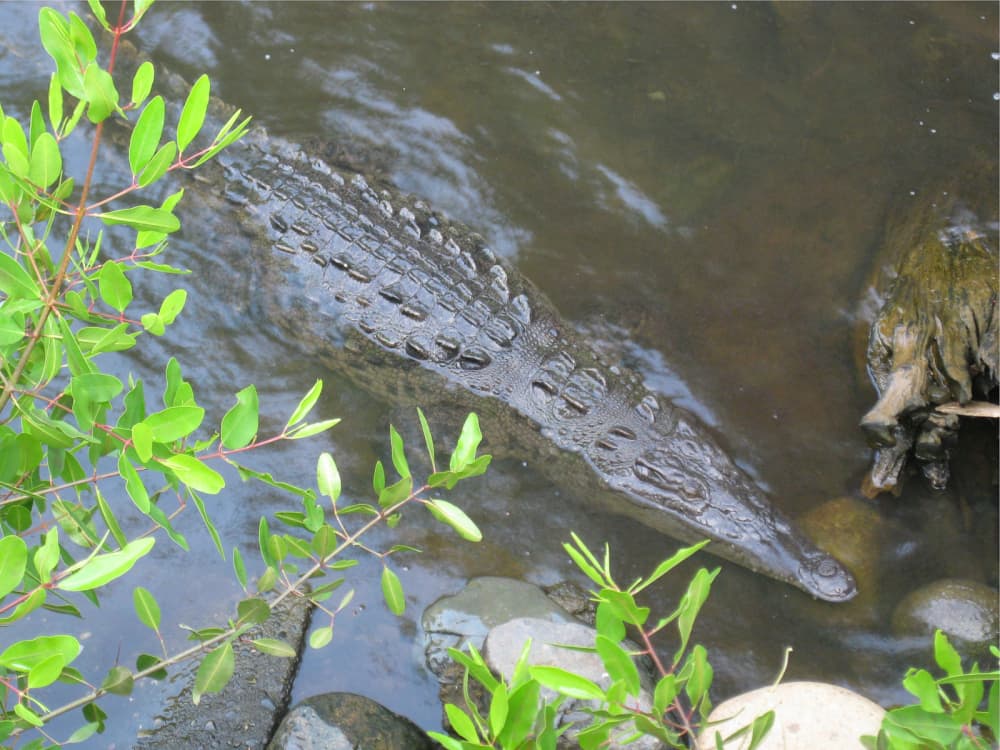The lessons of Ixtapa & Zihuatanejo
Little Mexico: A guide to the smaller resort towns where even Britney Spearssoaks up the mellow (with video)
 You still can't beat the reviews from Mexico's little resort towns.Photo by Peter Barnes
You still can't beat the reviews from Mexico's little resort towns.Photo by Peter Barnes Zihuatanejo brings authentic Mexican life, not just cookie cutter resorts.Photo by Peter Barnes
Zihuatanejo brings authentic Mexican life, not just cookie cutter resorts.Photo by Peter Barnes Whether it's the ocean or the trees, the views are great.Photo by Peter Barnes
Whether it's the ocean or the trees, the views are great.Photo by Peter Barnes At sunset ...Photo by Peter Barnes
At sunset ...Photo by Peter Barnes Or early in the morning.Photo by Peter Barnes
Or early in the morning.Photo by Peter Barnes Just say hi to the natives — without getting too close to this one.Photo by Peter Barnes
Just say hi to the natives — without getting too close to this one.Photo by Peter Barnes
At some point before the squash soup — courtesy of flowering vines hidden in the sub-tropical hillside around us — an elderly German woman told me how her husband outran the Gestapo and joined the French Resistance. Her story rolled out slowly into the sea-damp air during our lunch at the Catalina hotel.
By the time the coconut shrimp landed on our table overlooking the Pacific, the censorship-resisting publisher had fled from Paris to Spain, landing in New York after the war and eventually stumbling upon Zihuatanejo, where the Munich natives bought the Mexican burgh’s first beach resort 54 years ago.
Between stolen glances at the fluorescent hummingbirds flitting at the feeder behind her, I began to understand what keeps hotel owner Eva Bergtold, along with a handful aging American hippies and a growing rank of retired Canadians, living in this small nook of coast between Puerto Vallarta and Acapulco.
More than just the warm water and dramatic coast lauded by every Mexican resort destination, Zihua’s allure comes from the fisherman hawking the day’s catch at 5 a.m. on La Playa Principal or the banana bread at El Buen Gusto bakery devoured by natives and gringos alike a few hours later. It’s in the relative obscurity that’s drawn three generations of celebrities to its opulent boutique hotels that share Playa La Ropa with Bergtold’s guests and a neighborhood where you can still find a bed for $11 a night.
As Steve Reyes, a North Carolinian visiting with his wife Asia, put it: “You’re intertwined with the locals.”
I’d met them during a side trip to nearby Ixtapa island, where a kayaking excursion took us surprisingly close to the nature reserve’s foam-spattered cliffs. All in all, it was an afternoon well spent.
Yet the usual cadre of Mexican vacation activities — parasailing, game fishing, trying not to make eye contact with yet another beach vendor — doesn’t account for all of the area’s appeal. I think most visitors, whether they hail from Mexico City or Montreal, simply find Zihuatanejo and neighboring Ixtapa are reliable places to soak in the mellow.
Where Cancun and its surroundings boast 37,000 hotel rooms, Ixtapa has closer to 6,000. While Acapulco parties until morning, Zihua rolls up the sidewalks at 9 p.m.
Sound appealing? Continental flies nonstop to the region’s Safeway-sized airport daily starting at $480. Just don’t make the common mistake of confusing “Mexican” with “inexpensive,” at least if you’re into beach resorts. Aside from a mosquito-swarmed coconut plantation, nothing existed in Ixtapa before the government purpose-built a high-end resort community there in the 1970s. Accordingly, rooms tend to start at $150 per night with food prices to match.
That money buys lodging with imposing ocean views, good restaurants and miles of fine sand cleaned daily by a special machine. Among Ixtapa’s gleaming hotel towers, I was impressed with the Dorado Pacifico’s smartly styled contemporary rooms and generous balconies. Others may prefer one of the well-regarded all-inclusive options like the Presdente Intercontinental.
All of Ixtapa’s visitors have easy access to restaurants, bars and shops lining the palm-shaded boulevard that run behind Ixtapa’s resorts. (Locals are particularly fond of the gelato at Fragolino next to the Scruples grocery store.)
Zihuatanejo, a three-mile, 10-minute cab ride south, is a city of roughly 100,000 that tourism created from a once-tiny fishing village. Ask a cabbie to drop you off near the Merza Supermercado, and you’ll be surrounded by a kaleidoscopic street market brimming with dried chilies, de-spined prickly pear cactus and steaming crocks of local stew. Closer to the waterfront, downtown is small and safe, lined with cheerful storefronts selling craft tequilas and local artwork.
The Madera neighborhood, near Calle Adelita, reveals affordable off-the-water guest houses, expat restaurants and impeccably tended boutique hotels like the eight-room Villas Naomi. In typical Zihua style, they sit less than a mile from Casa Que Canta, the Tides and other luxe lodgings that often play host to the likes of Britney Spears.
I stayed recently at Brisas Ixtapa on a deserted, cliff-framed scallop of beach just north of town. Designed by Ricardo Legorreta in the early 1980s and renovated in 2007 at a cost of roughly $32,000 per room, every suite features an ocean view and a hammock on the patio. (Full disclosure: My stay was free as part of a story I was reporting for a magazine. Even if I’d paid in full, though, I have to imagine I’d still be impressed with the view of the ocean crashing against the rocks from the palm-shaded pool.)
I travel a lot, and I realize beach is beach. Given all of the bad news about other parts of Mexico these days, vacationing Americans have good reason to ask why they shouldn’t just go to Florida instead. To them I would point out you that can’t get drunk with a bunch of tequila-soaked Canadians at Senior Frogs in Orlando. You can’t buy Guerrero-style poloze served on the street by somebody’s grandmother. You’ll never eat explosively tasty shrimp with a German host who’s still entranced by the beautify of her surroundings after nearly six decades.
For all our reservations about leaving the U.S., most visitors to Ixtapa/Zihuatanejo eventually realize that the Mexicans still have quite a bit to teach us about taking it easy.
Watch Peter Barnes' video of Little Mexico:

 The newly opened Totally Tejano Hall of Fame and Museum includes a growing collection of memorabilia. Photo by Edmond Ortiz
The newly opened Totally Tejano Hall of Fame and Museum includes a growing collection of memorabilia. Photo by Edmond Ortiz